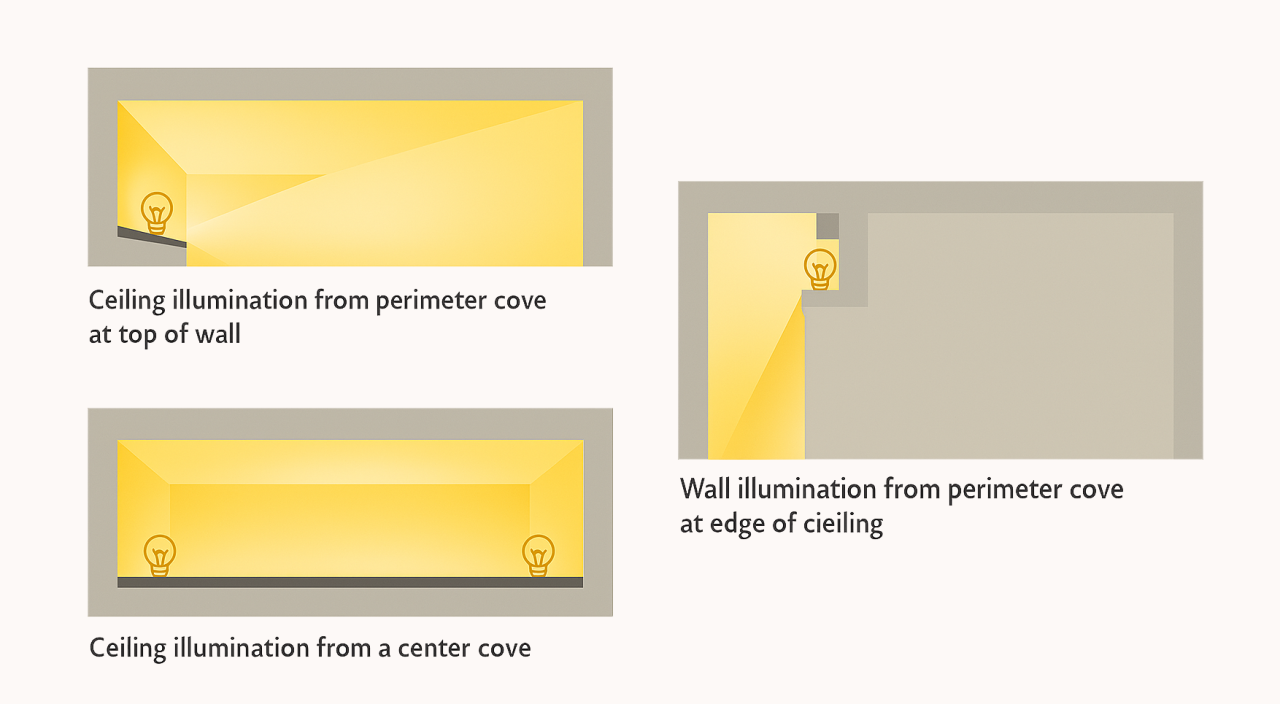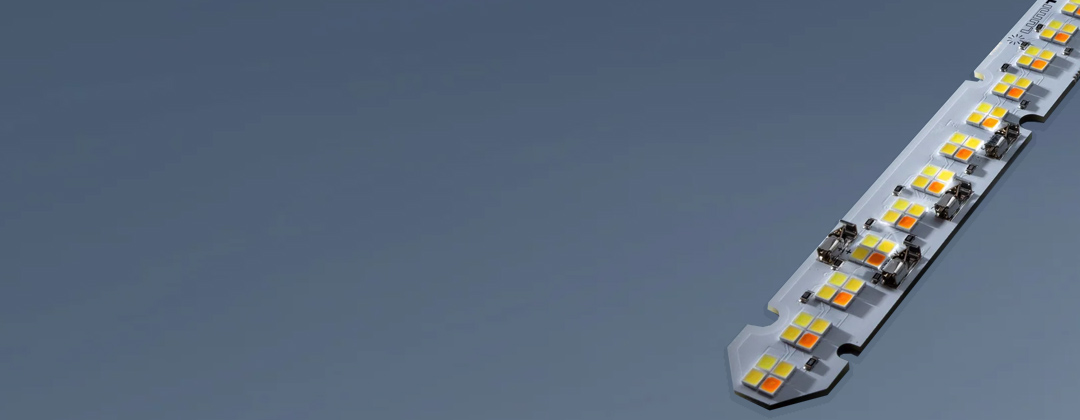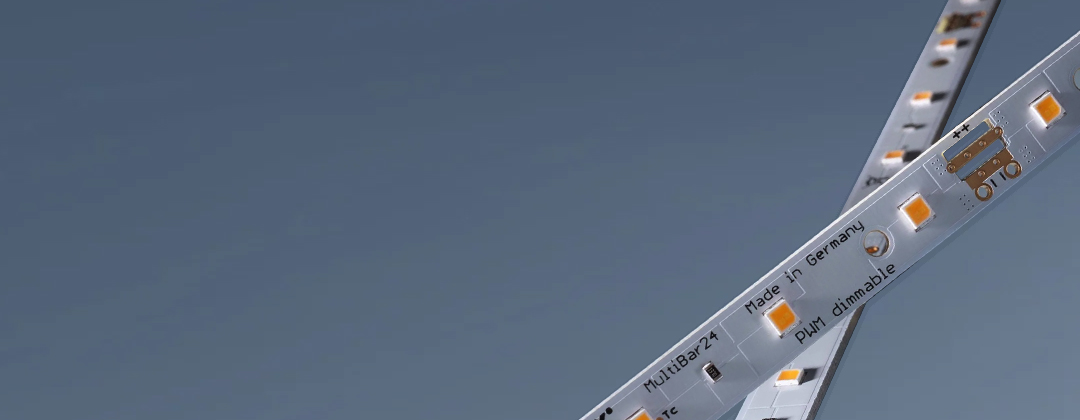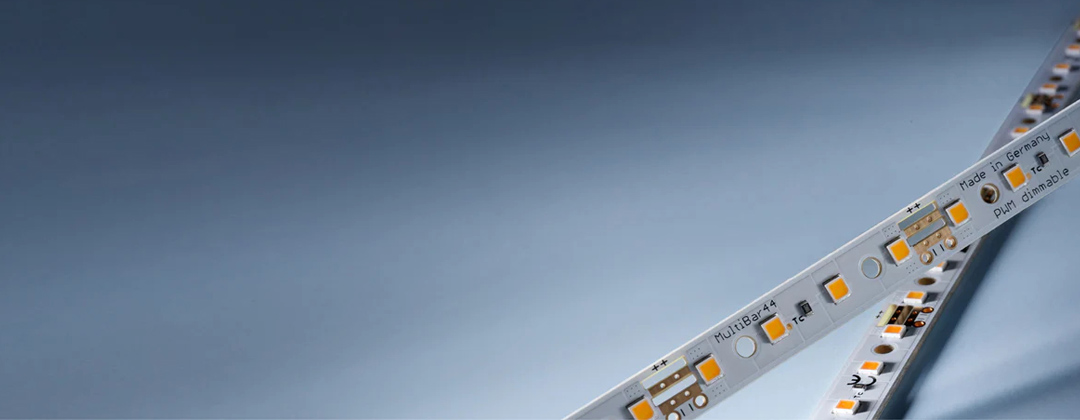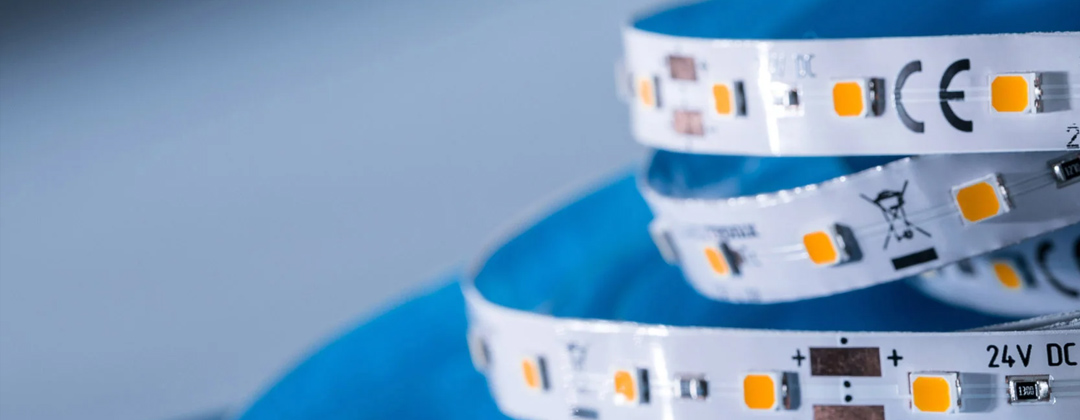Elevating Interiors: A Comprehensive Guide to Cove Lighting with LED Strips
- By Ledrise Led Professional
- Apr 7, 2025

In the realm of interior design, lighting serves as both a functional necessity and an artistic tool. Among the myriad lighting techniques, cove lighting stands out for its ability to infuse spaces with a subtle, ambient glow, enhancing architectural features and creating an inviting atmosphere. This guide delves into the nuances of cove lighting using LED strips, offering insights into its benefits, design considerations, and installation techniques.
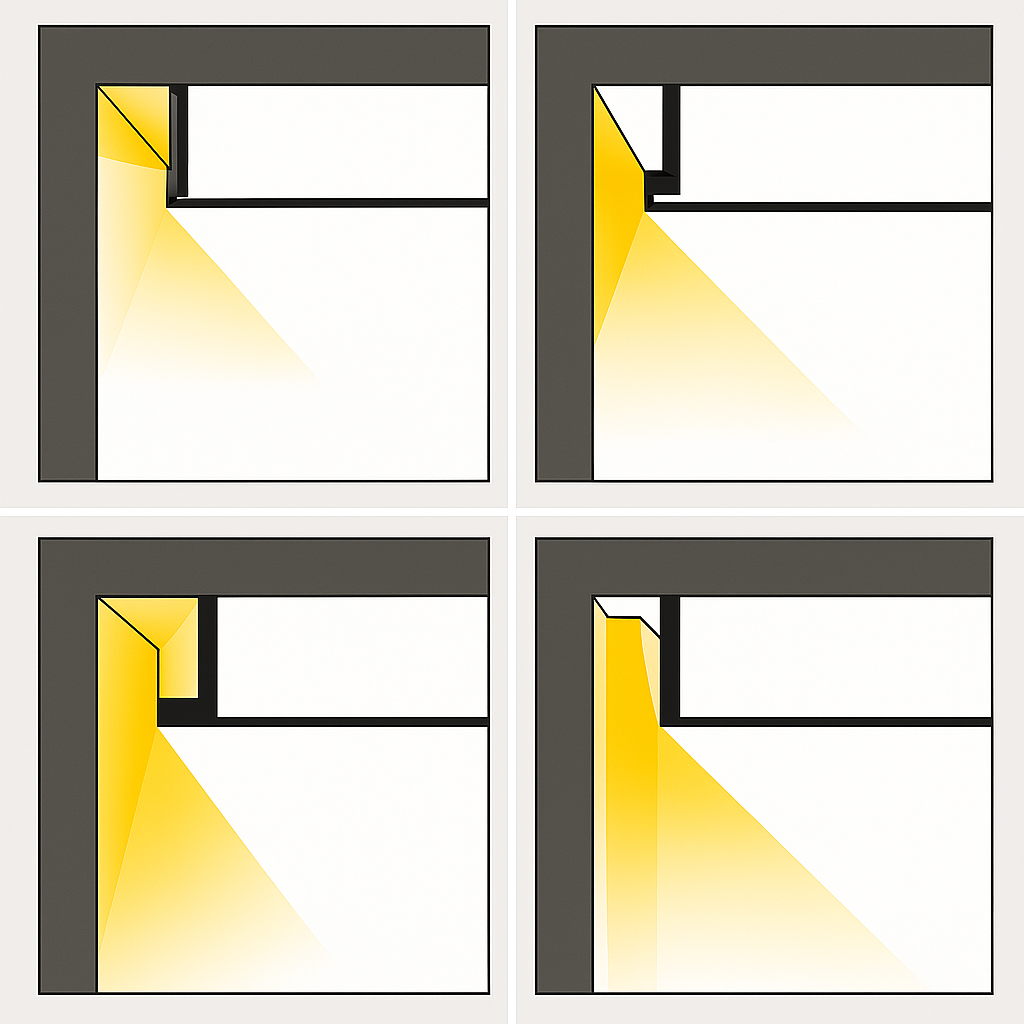
Understanding Cove Lighting
Cove lighting is an indirect lighting method where fixtures are concealed within recesses, ledges, or valances, directing light towards ceilings or adjacent walls. This technique not only provides a gentle, diffused illumination but also accentuates the room’s architectural elements without the intrusion of visible fixtures.
Advantages of LED Cove Lighting
The advent of LED technology has revolutionized the use of cove lighting, LED cove lights being a versatile and energy-efficient lighting solution suitable for a wide range of interior spaces, including living rooms, bedrooms, kitchens, lobbies, restaurants, and retail spaces.
The integration of LED strips into cove lighting designs brings forth numerous benefits:
•Energy Efficiency: LEDs consume significantly less power than traditional lighting sources, leading to reduced energy bills and a smaller carbon footprint.
•Longevity: With lifespans extending up to 100,000 hours or more, LED strips diminish the frequency and cost of replacements.
•Design Flexibility: The slim and flexible nature of LED strips allows them to conform to various architectural contours, facilitating innovative and customized lighting solutions.
•Color Variety and Control: Available in a spectrum of colors and compatible with dimming systems, LED strips enable precise control over the ambiance and mood of a space.
Factors to Consider for Cove Lighting Installation
Several factors need to be considered when installing LED cove lights, such as the location of the cove, the types of LED strips to use, and the color temperature of the light. Working with a professional lighting designer or electrician can ensure that the installation is done correctly and efficiently. Here are some tips to achieve the best results with cove lighting:
Placement, Positioning and Energy Efficiency:
The location of the cove is a crucial factor to consider, as it can affect the direction and spread of the light, which can impact the overall light output, look, and feel of the space. Cove lighting can be installed in various locations, including along the ceiling, walls, or even in recessed areas.
Choose LED modules or strips with high-energy efficiency, at least 100 lm/w, and place them within the cove light to ensure that most of the emitted light reaches the reflective surface, such as a white wall or ceiling, that directs it into the interior.
Reflective Surfaces:
The materials and colors of walls and ceilings impact the diffusion and intensity of light. Lighter surfaces enhance reflectivity, amplifying the brightness and reach of the cove lighting.
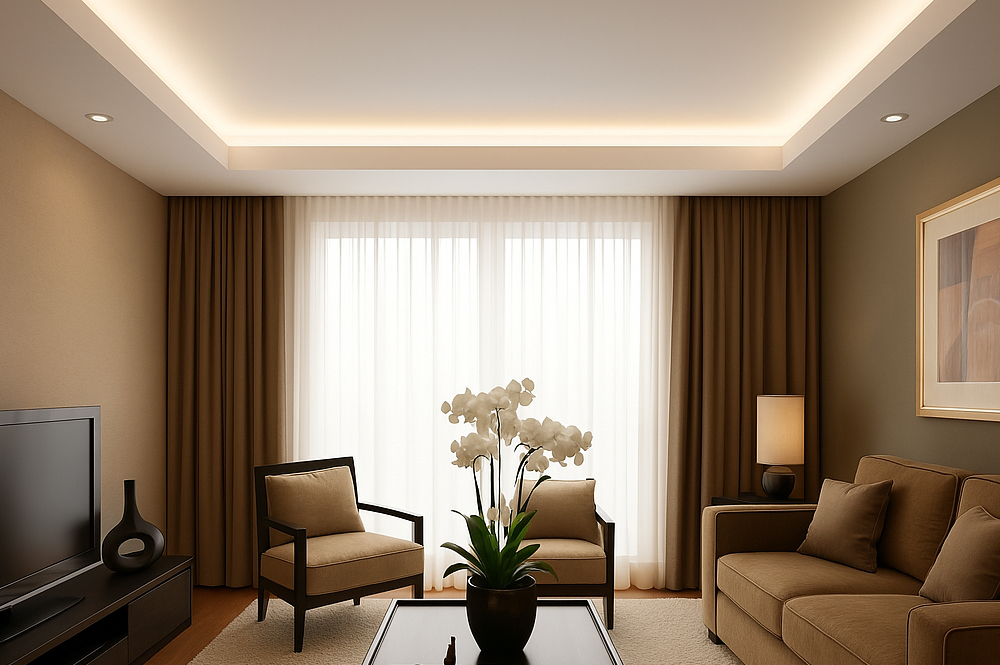
LED strip brightness
The purpose of the lighting will determine the type of light source to be used. The illumination of coves can serve various purposes, including guiding people, highlighting architectural elements, or providing ambient, general, or workplace lighting. The following luminous flux per meter for a LED strip can serve as a useful orientation guide:
Ambient light for objects or furniture elements: up to 1000 lumens per meter (300lm per foot)

LED Strips for furniture ambient Lighting
The 3-channel LumiBar can create dynamic lighting effects with white or color Nichia LEDs, suitable for furniture ambient lighting. With the MultiBar LED system, the installation is made easy and very affordable, thanks to the plug & play system.
500x10 mm LED strip, Plug & Play System
White LEDs 1800-7800K, CRI80-99
24V Constant Voltage
Ambient light for rooms: up to 2000 lumens per meter or 600 lm/foot, as the cove light in the space is supplemented by a central light fixture

Linear LED Strips & Modules for room ambient lighting
Our range of customizable MultiBar or LumiFlex LED strips feature Nichia LEDs that can deliver the higher light output required for room ambient lighting. Manufactured at our state-of-the-art facility in Germany, these LED systems embody precision and innovation.
General lighting via lines of light: up to 3000 lumens per meter (900 lm/foot), depending on the design of the cove and the materials used.

For a living room of 20 m² (215 ft²) with 2.5 m (8.2 ft) in height and the purpose of general lighting, a suggestion for the length of cove light is:
- Lines of light with LED strip 1000 lm/meter (300 lm/ft): at least 40 meters (130 ft) total length
- Lines of light with LED strip 2000 lm/m (600 lm/ft): at least 20 meters (65 ft) total length
- Lines of light with LED strip 3000 lm/m (900 lm/ft): at least 10 meters (33 ft) in total length
LED Strips for General Lighting
The customizable MaxLine or LumiBar LED strips feature tightly spaced Nichia LEDs that provide the very high luminous flux for room general lighting and meet the highest of project standards.
LED strip Color temperature
Color temperature is measured in degrees Kelvin (K) and describes the tone of white light. It ranges from warm orange-red hues (about 2000K) at sunrise and sunset to cooler blue-white hues (about 5500-6500K) at noon. The color temperature of sunlight changes throughout the day and seasons, influencing our perception of the surrounding environment. With LED cove lighting, we can replicate these natural light variations, allowing us to create the desired ambiance and functionality for any indoor space. The recommended color temperature demands on the indoor space and the purpose of the lighting.

Warm white light (2700K to 3000K) has a calming effect on the body, making it a great option for spaces where relaxation is a priority, such as bedrooms or living rooms. Cooler white light (5000K to 6500K) has an energizing effect, making it ideal for workspaces, such as offices or factories.
We explore this topic in more detail in our article: The Comprehensive Guide to Choosing the Right Color Temperature for LED Lighting
LED strip Color Rendering Index (CRI)
The Color Rendering Index (CRI) is a valuable tool for evaluating the quality of artificial lighting sources. It measures how accurately a light source renders colors compared to natural sunlight. CRI is expressed as a numerical value between 0 and 100, with a higher number indicating better color rendering ability.
High CRI lighting is especially important in spaces where color accuracy is crucial, such as art galleries, clothing stores, and photography studios. In these environments, a low CRI can distort colors and negatively impact the appearance of the objects being viewed or photographed.
LED lights with a CRI of at least 90 should be installed in most residential or business applications, while lights with a CRI of 95 are recommended for offices where work with colors is involved, as well as design studios and photography studios.
We recommend LED strips with minimum CRI90, such as those featuring the Nichia H6 high efficacy LEDs, for all work and living places, such as office, living room, dining room or bedroom.

For the best light quality, the LED strips featuring with Nichia Optisolis technology have a white light with CRI99 and a similar spectrum as daylight.
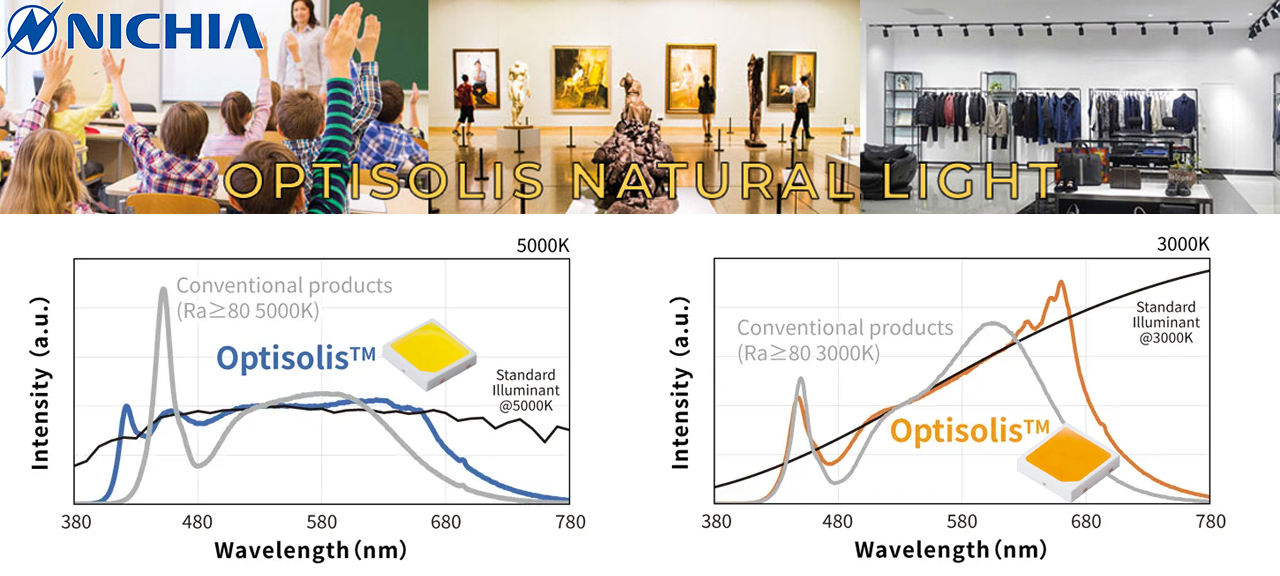
For more insights about CRI read our article: Recommended CRI index levels for various lighting projects
LED Strips installation
The light sources used for cove lighting must be easily installed over long distances with the least number of auxiliary items such as wires, connectors, screws, or transformers. Connect the LED strips to an appropriate power supply, adhering to electrical safety standards. If dimming capabilities are desired, integrate compatible dimmers or controllers at this stage.
LED Lifetime, Color Shift and Lumen Maintenance
The LED light sources should have a long lifespan, minimal color shift over time, and excellent lumen maintenance, especially for installations with considerable length. If the brightness of the light source fades too soon, or the color temperature changes, the total replacement of the installation could be the only solution for uniform lighting.
For example, if "LEDs 1" are used in the installation and the light changes as in the image on the right, replacing only some sections with "LEDs 2" will exacerbate the lack of uniformity, as in the image below.

A "rainbow" of shades of white is generally not desirable. Replacing parts of an installation can lead to such an outcome.

LED light dimming and control
For cove lights used for general lighting, LED strips that provide high levels of illumination are recommended. However, there may be times when dimmer light is needed, which is why installing a dimming option is essential. Dimming LED strips require both the LED strips and the transformer to be dimmable. Light intensity can then be controlled via an external dimmer, such as a rotary or push-button wall switch, remote control, smart building control signal, or an app on the phone or tablet. It is recommended to purchase the type of dimming control at the same time as the transformer and the LED strip. Dimming is best considered during the design stage so that the electrical installation is made accordingly.
Currently, a great choice is wireless dimming control via Casambi compatible products, an ecosystem with user-friendly app for control, with many features, excellent privacy controls and many online resources, such as how-to guides.
For selecting the right LED strips for cove light, there are further few factors to keep in mind. One is the color temperature of the LED lights, which can impact the ambiance of a space. Briefly, a warm light (around 2700-3000 Kelvin) is often used in residential settings to create a cozy and inviting atmosphere, while a cooler light (around 4000 Kelvin) is more commonly used in commercial settings to create a bright and crisp feel. For a complete guide about what LED color temperature to choose, check out our blog article "Recommended CRI color index for different lighting projects".
Related articles:
Recommended CRI color index for different lighting projects
What LED Color Temperature to choose for a project, from 2700K to 6500K
